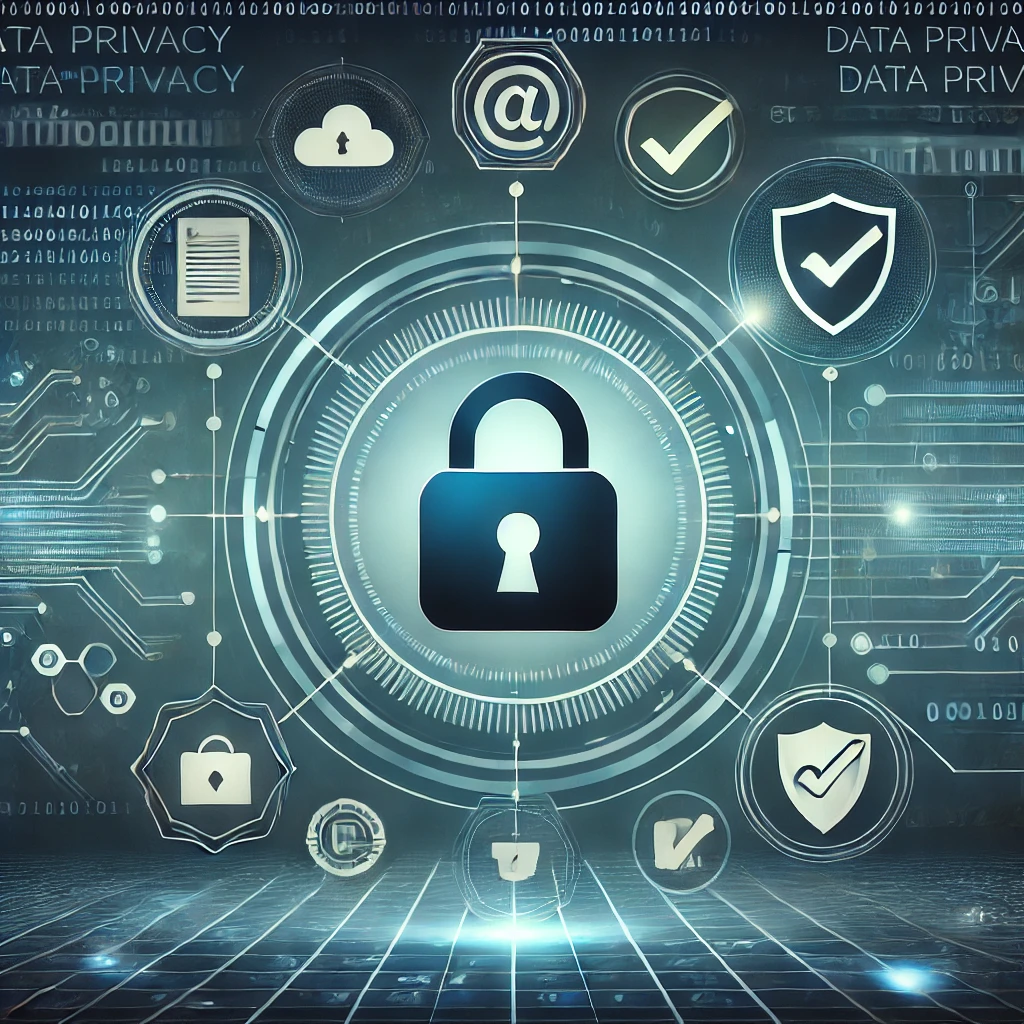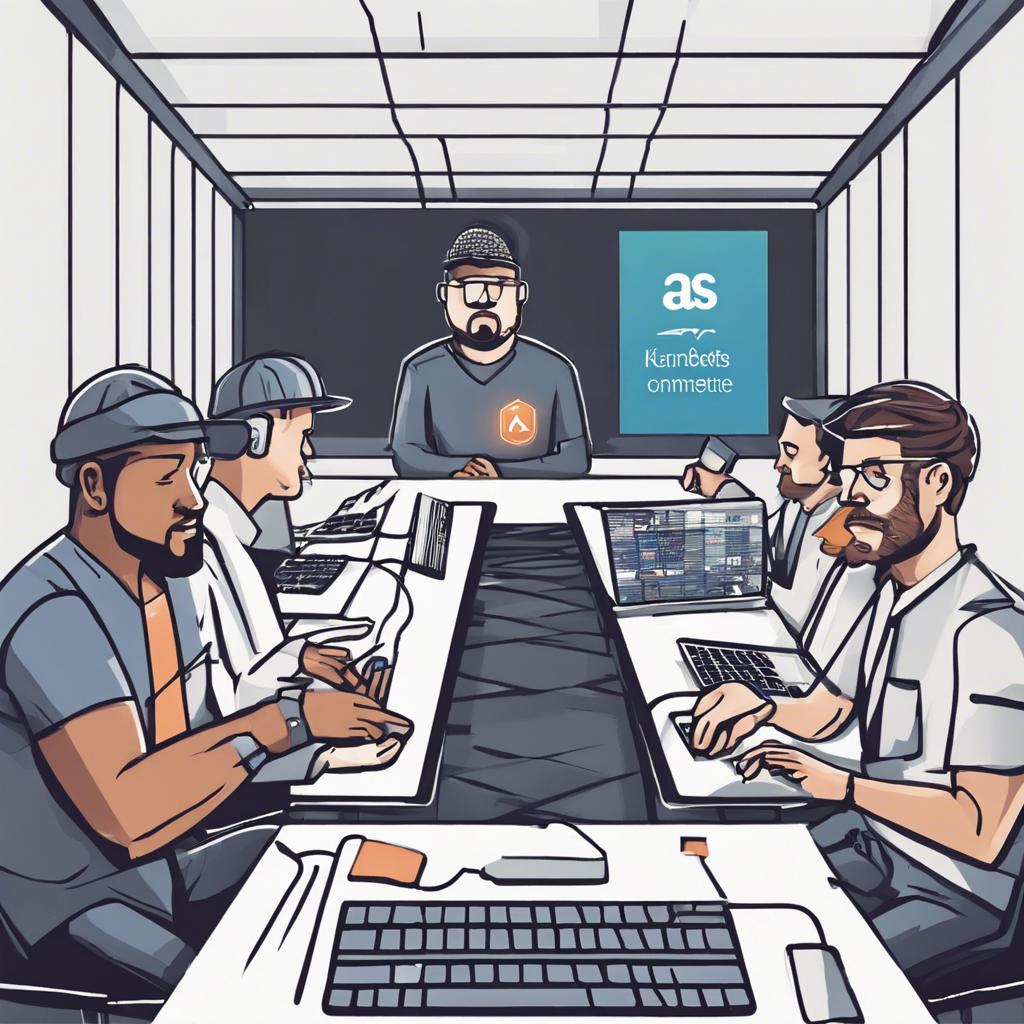The Importance of Data Privacy
Welcome to another episode of Continuous Improvement, where we delve into the critical aspects of technology and business practices that drive success. I'm your host, Victor Leung, and today we're exploring a topic that is more relevant than ever in our digital age: the importance of data privacy.
In today's rapidly evolving digital landscape, businesses must continuously adapt to stay competitive. A key component of this adaptation is the robust management of data privacy. The importance of data privacy extends beyond mere regulatory compliance; it is a cornerstone of building trust with customers and ensuring the safeguarding of personal data.
Let's take a brief journey through some historical milestones that have shaped data privacy as we know it:
- 1995: EU Data Protection Directive - This directive laid the foundation for comprehensive data protection laws, influencing global standards.
- 2013: Personal Data Protection Act (PDPA) - Singapore's PDPA was a significant step forward in Southeast Asia, emphasizing the proper handling and protection of personal data.
- 2018: General Data Protection Regulation (GDPR) - The GDPR replaced the EU Data Protection Directive, introducing stricter rules and penalties for non-compliance.
- 2020: California Consumer Privacy Act (CCPA) - The CCPA set a new benchmark in the United States, focusing on consumer rights and business responsibilities.
Let's dive into the key principles of Singapore's PDPA, which serves as a model for effective data privacy practices:
- Limiting Data Usage: Organizations should only use personal data for purposes consented to by the individual or within the scope of the law.
- Ensuring Data Protection: Appropriate measures must be taken to protect personal data from unauthorized access, use, or disclosure.
- Obtaining Clear Consent: Clear and unambiguous consent must be obtained from individuals before collecting, using, or disclosing their data.
A strong data privacy framework involves several critical steps:
- Data Collection: Collect only the data necessary for specific, legitimate purposes.
- Data Usage: Use data strictly for the purposes consented to by the individual.
- Data Disclosure: Share data only with parties who have a legitimate need and are bound by confidentiality.
- Data Protection: Implement robust security measures to protect data from breaches and unauthorized access.
Effective data privacy isn't just about compliance; it's about safeguarding personal information. Some key measures include:
- Encryption: Converting data into a secure format to prevent unauthorized access.
- Anonymization: Removing personally identifiable information to protect individuals' identities.
- Access Controls: Restricting data access based on user roles and responsibilities.
- Secure Data Storage: Storing data in secure environments, protected from unauthorized access or cyber-attacks.
It's important to differentiate between data privacy and data security. While data privacy focuses on responsible data handling and respecting privacy rights, data security is about protecting data from breaches and unauthorized access. Both are essential for comprehensive data protection and maintaining customer trust.
As we navigate the complexities of the digital age, data privacy remains a critical issue. For individuals, it means protecting personal information. For businesses, it involves upholding robust data privacy practices to maintain trust and comply with regulations. As the tech industry continues to evolve, staying ahead requires a steadfast commitment to data privacy, ensuring that personal data is handled with the utmost care and protection.
Thank you for tuning in to this episode of Continuous Improvement. I'm Victor Leung, and I hope you found this discussion on data privacy enlightening. Remember to subscribe and stay informed on the latest in technology and business practices. Until next time, stay safe and prioritize your data privacy.



